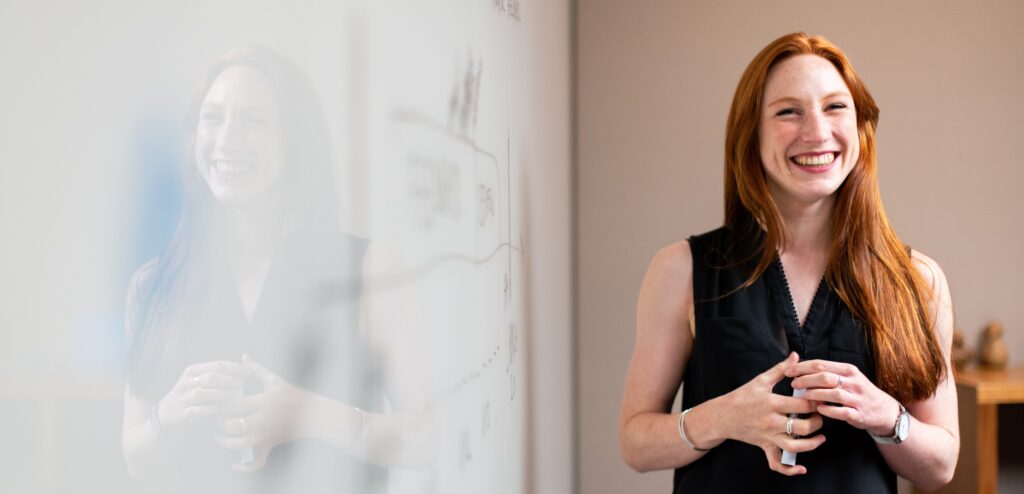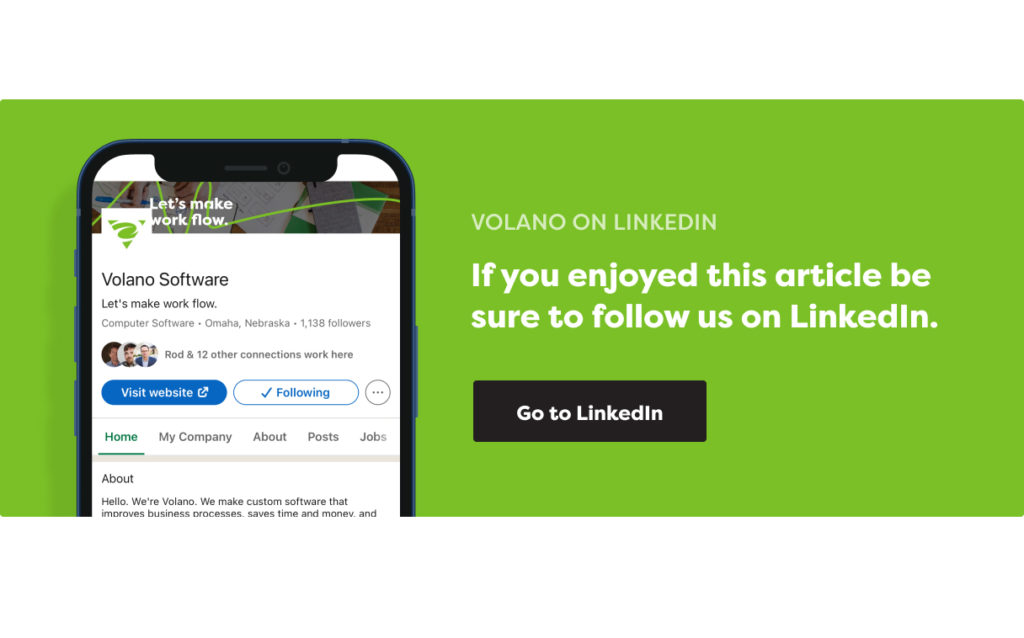Wait. What’s the problem again?
Several years ago I was working in Healthcare for a tech startup. At the time, healthcare systems could not bill patients until a chart was signed off and locked by a provider (MD, PA, or NP). The provider had to step through every single screen and check a box regardless if there were changes in order to get to the final lock screen. Once the provider got to the lock screen (barring they were not interrupted from their work), they could enter their PIN and close the patient chart. And the act of closing the chart is what prompted the administrative office to begin billing the patient. This action took upwards of 3 minutes per patient to perform. And each provider would see hundreds of patients per week. This was costing a lot more money than anyone realized at first.
Naturally, some charts weren’t locked at all for months! The administrative office had to spend precious time tracking down the provider to tell them to lock their chart. The outcome? The complaining providers did care, however, were too busy seeing patients. In the duration, the healthcare system lost cash flow.
As a Product and Design team, we sat down to figure out how to solve this. This software “bug” was a “million-dollar problem”. It costs the healthcare system a lot of money per month and if we could leverage product design thinking, it would be a valuable update instantly.
What is Product Design
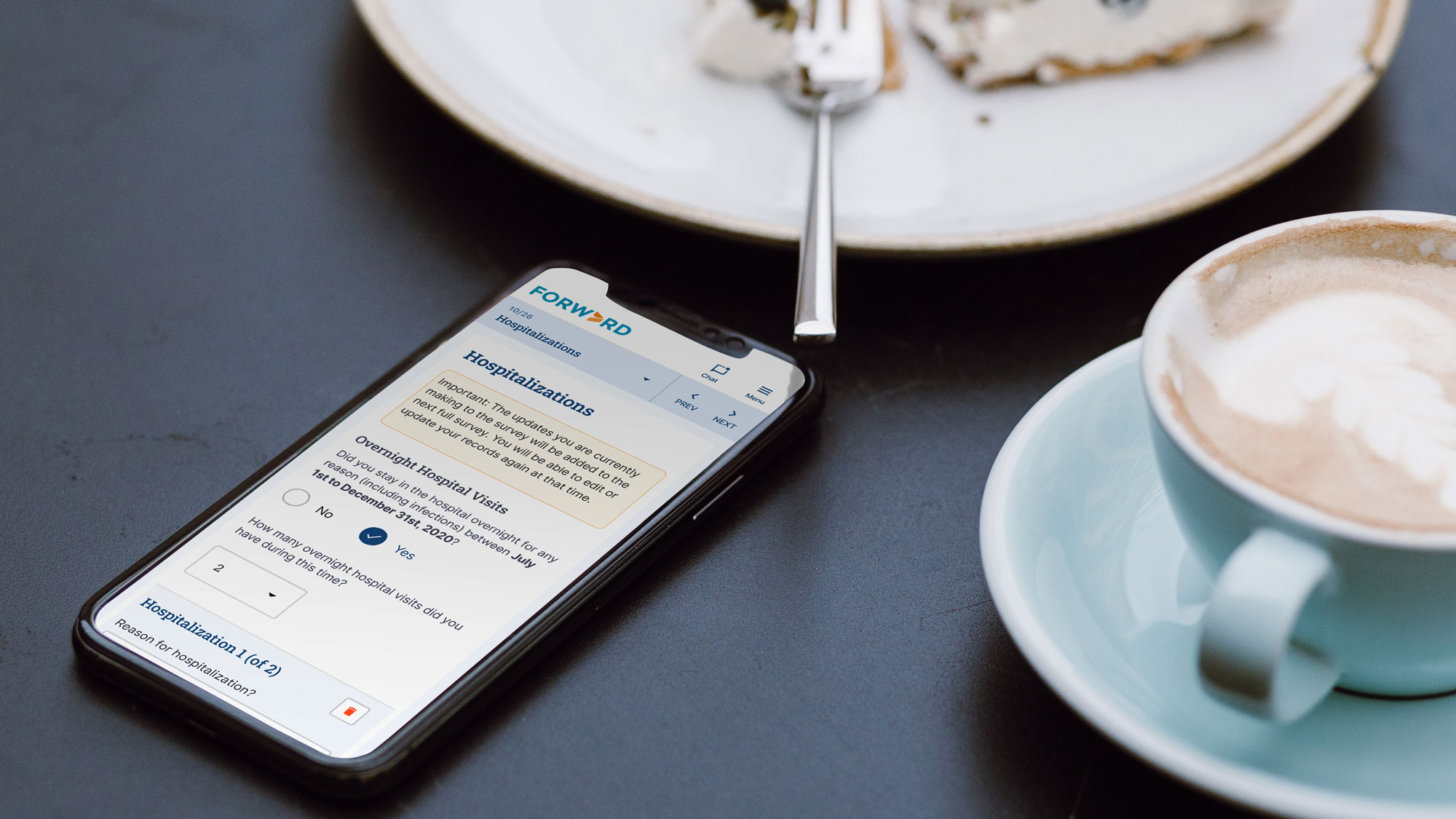
When I say “design” your mind may conjure ideas of logos, fonts, and colors. Most times I get, “oh right you make things look pretty”. And to be fair, design can make software aesthetically pleasing to the users (this is an important factor too; more on this in another article). For software, product design plays a more important integrated business role. Software design helps to solve problems with task success or workflow issues that cost lots of money. And it assists in planning prior to the start of development. Design is the way something functions for the purpose that it was built. Product design accounts for several aspects of the software design process. Here’s how I start our Volano process:
What is the problem we think we’re solving?
With the example above, the business problem was money lost. For the user base, it was the frustration of not completing their job efficiently (task completion).
Who has the problem?
The users had difficulty completing tasks quickly. Because of this, the business had a correlated cash flow problem.
What do we want to accomplish?
For users and the healthcare system, we wanted to make a way to quickly and securely lock a chart so that a patient could be billed on time.
Our Process
Here at Volano, we go through a process of solutions prior to starting development. During our Product Design Phase, though, we follow the Design Thinking methodology, which you’ve likely seen before. It looks like this:
? Empathize: Learn and develop a deep understanding of the users
? Define: Clearly state the problem and create a point of view for the needs
? Ideate: Generate ideas for possible solutions with total freedom to explore
? Prototype: Select the best solution to build a wireframe, mockup, or prototype
? Test: Allow the user base to provide feedback on your design
Empathize
Chances are that your business is not in healthcare. And the other chance is that the problems you face may not be “million-dollar problems” (but they could be; even if you don’t know it). As we build software for you, we find ways to improve how software helps your current workflow or processes. We start by understanding your needs (empathize) and then the needs of your users (employees or consumers).
✅ How does this impact the business goal?
✅ How will users (employees or staff) perceive this change?
✅ Will it be beneficial to them?
✅ Can we technically accomplish this with our current tech stack?
95% of employee users are more productive with the right software tools. In order to accomplish what is “right”, we need to understand how they do their work and what some of their roadblocks are.
It entails removing preconceived notions of what we think good looks like. That’s because we don’t use the software the way typical users do and/or we have intimate knowledge of how the software is supposed to work. So, we ask questions.

Define
What’s the true problem that we’re solving? In the healthcare example above, too many times we were presented with “there are too many taps”. So, that must be the problem, right? But it really wasn’t the core issue. And that’s where this exercise can go wrong — mixing up the frustration with the core problem. This is where that child-like annoying “5 Whys” comes to play.
Here’s how it works. When you think you’ve come to the root of a problem ask yourself or your team “why” and then proceed to answer. Then with that answer ask why and so on for a total of 5 times. Yes, it gets annoying. However, it really helps you think deeply about the heart of the problem.
Ideate
This is where the fun starts. When generally do a form of small group ideation. We gather to discuss the problem at hand, who the stakeholders and users are, and possible solutions that will drive the outcome that should happen. Ideation can take 30 minutes and at other times take multiple iterations.
During this time, we sit down with you in the iteration meeting and discuss what we’ve come up with for a solution. The feedback you provide is invaluable during this phase because its prior to development and more easily changed.
Many folks instinctively move to the Idatation phase first; however, don’t be tempted. I’ve seen many projects go sideways when a team goes straight to ‘Ideate’. Until you have an understanding of which part of your cohort to focus on and which specific problem to solve for them, you run to this phase with far too many “self-design solutions” (solutions that solve your personal problem with the software, not day-to-day users of the software).
Prototype & Test
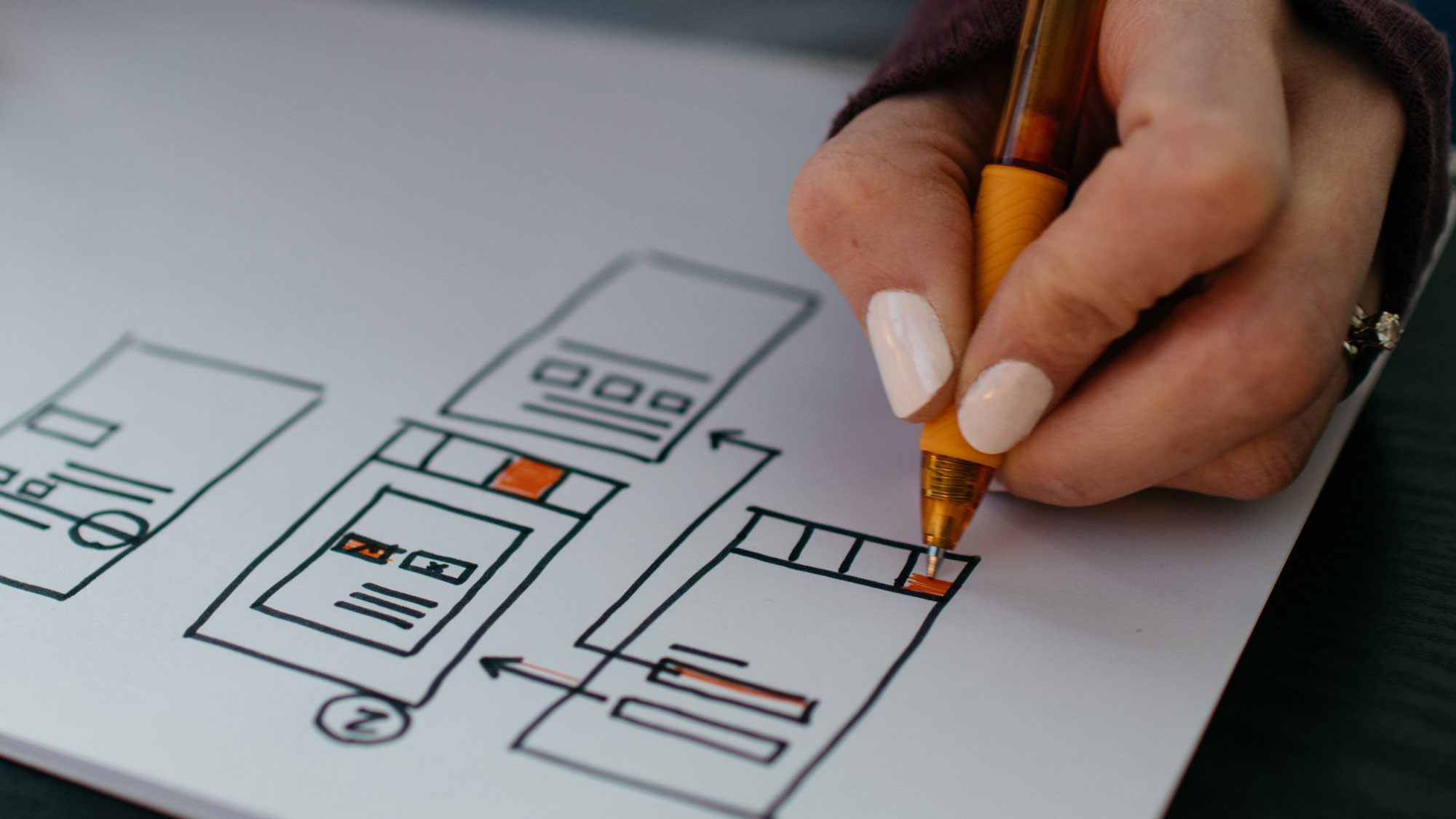
Once we have a solid idea of what we’re going to build, we provide a prototype. This is either a Figma prototype or a working prototype in the form of an unfinished hosted staging site. You get the chance to click around, figure out how things work currently, and then ultimately provide feedback on how it should function or changes you might want to see.
It’s part of our DNA at Volano to get your feedback — we don’t have the ego of a typical custom development business. We want to see you early and often. It helps build our relationship and builds confidence.
The ROI of Product Design
Investing in product design early is the actual return on investment. Because here’s the truth, fixing issues after development is fully or even partially done is 100x more expensive. And the other side not often talked about is that when we develop without a plan (a design), there’s far too much rework. This is why at Volano Software, we focus on a good design up-front. This means thinking about user actions, the tasks they need to complete, how work flows through the system, and all the considerations that go with that.
Many studies in the business community point to the idea that good design is good business. Just take a look at the ‘Design Value Index’ from 2013. The publicly traded companies that invested in design outperformed those that did not by a whopping 228% (Source: DMI, Motiv Strategies).
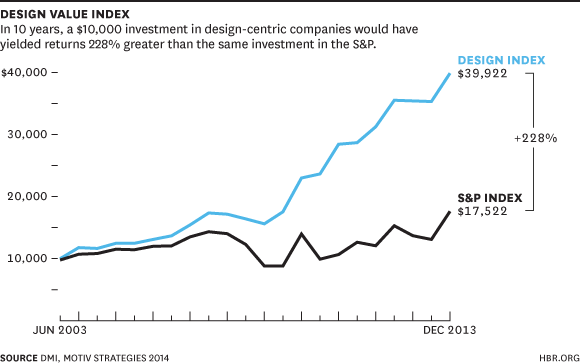
“Every $1 invested into UX produces $100 in return—that’s a 9,990% ROI“.
— 2017, Forrester Research Report
Intentional product design applied at the right time will continue to be a big differentiator in the coming years. As you invest time into the way your software works and how users experience it, you begin to shape the perception that you’re a quality company that provides quality tools for your employees. That means greater job satisfaction, higher retention, and overall better customer service to your customers. It’s a win-win-win.
Product Design for Business
All the talk to this point has you wondering, “what’s in it for my business?” As I tell our customers all the time, the dial can be turned up or down depending on what is required. A large product that’s more difficult to change later typically requires more product design up front. A small product that is less difficult to update and change, may require less product design.
???♂️ User Interviews are a great way to start (5 people is all you need)
?✏️ Wireframes are a way to get a layout to see how your software will stitch together
?? Mockups are higher-fidelity and contain more visual elements of the software than wireframes
?? All this happens before a single line of code is written — saving time and money.
What’s the Takeaway
Typically business owners look at the word “design” and may think, “that’s a luxury I don’t need” Or we hear, “we’re B2B software — we don’t need it to look pretty”. To be fair, on the surface it would seem you don’t. However, the longer I have worked in tech, the more I realize that good product design—the way the software works—is a crucial component of your success. Companies like Atlassian, Slack, and Microsoft have spoiled the B2B space with great product experiences. And software users, your employees included, have come to expect that same UX baseline. So, our takeaway is that good product design equals good business and good profit.
